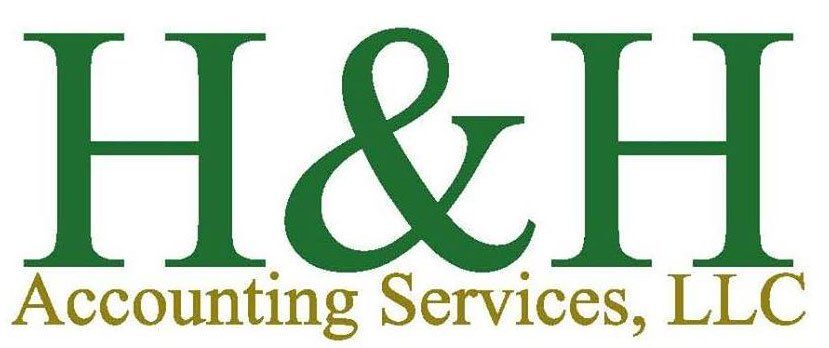Effective Cash Flow Management Techniques for Businesses That Experience Seasonal Fluctuations in Revenue

Seasonal fluctuations in cash flow can be difficult to manage without adequate forethought and planning.
Predictability can help smooth inconsistencies and make seasonal variations easier to weather, but planning for every contingency can help you better prepare for those times of year when cash flow may drop.
Establish Accurate Forecasting Mechanisms
Having reliable bookkeeping methods in place to ensure detailed and thorough cash flow tracking is vital for accurate forecasting. Historical data can be used to predict future cash inflows and outflows more accurately. Having accurate forecasting data makes it possible to prepare for multiple circumstances, including the best-case, worst-case and most likely cash flow scenarios. Anticipating challenges and opportunities is the best way to be prepared for whatever the future holds.
Budgeting and Expense Management
Allocating budgets according to anticipated fluctuations is typically the best way to responsibly reduce discretionary spending during off-peak periods. This type of budgeting should not be a one-off exercise. Ideally, these expenses should be regularly reviewed and modified according to the latest performance figures. The goal should typically be to identify areas where costs can be trimmed without negatively affecting your business’s ability to meet core operational requirements.
Establish and Build Cash Reserves
Businesses that can set aside a portion of the profits they earn during peak season can enjoy a buffer for leaner periods. Maintaining an emergency fund to cover unexpected expenses or shortfalls due to unpredictable disruptions is ideal.
Manage Receivables
Businesses may be able to implement strategies to accelerate cash inflows, such as offering early payment discounts to customers or taking steps to improve invoicing processes. On the other side of the ledger, you may be able to negotiate longer payment terms with suppliers in order to retain cash longer, although it is important to balance this benefit against the need to preserve supplier relationships.
In some cases, a supplier will be willing to work with you to preserve your business, so don’t hesitate to leverage existing relationships if the need arises.
Diversifying Revenue Streams
Some businesses may be able to adopt additional products or new service offerings to generate revenue during off-peak seasons. A classic example would be a ski resort that attracts visitors during the summer months with mountain biking excursions, hiking and adventure activities like zip lines, rope courses and climbing walls. While bookings may still be lower than in the winter, diversifying destination offerings can make a ski resort a more attractive summer destination, especially for those who may be looking for a respite from the heat.
Seasonal retailers could similarly diversify, like a ski shop also offering skateboarding or biking products. Diversifying can potentially introduce new inventory challenges and make budgeting and managing operational expenses more complicated, so it is important to approach diversification with caution and planning.
Identifying Flexible Financing Options
Lines of credit and business loans are vital for many seasonal businesses. Having an accessible line of credit during off-peak season to cover short-term cash needs may keep a business going. An alternative to traditional financing is invoice financing, which can provide immediate cash for outstanding invoices.
Inventory Management
Carefully tracking historic sales data and actively adjusting inventory levels based on seasonal demand is the best way to avoid overstocking and stockouts. While some businesses do enjoy consistent demand from year to year, this is a luxury that most are not afforded. Competition, changing consumer trends and interests, prices, economic performance and a whole host of other variables can affect seasonal demand. It’s important for business owners to track seasonal demand to ensure they’re not left in a difficult inventory position after a particularly busy or sparse season.
Implement Cost Control Measures
Converting fixed costs to variable costs where possible can provide significant relief during off-season periods. For example, try hiring temporary and part-time staff during peak season instead of having all full-time, year-round employees. There are other steps you can take in addition to this obvious measure, like outsourcing other functions and overhead costs like accounting, bookkeeping and payroll.
Customer Payment Plans
There are a few different strategies businesses can implement to smooth annual cash flow. Payment plans can appear to be an attractive, consumer-friendly perk of doing business with you – which it may actually be – but they can also provide some degree of cash flow during traditional off-seasons. A subscription model, if it’s applicable to your business, may be another source of steady off-peak cash flow. For example, home service providers often offer annual service plans, which means some regular Phoenix HVAC customers are paying a service provider even in the fall or winter when they aren’t running their system.
Get Help Smoothing the Cash Flow of Your Phoenix Business
Are you a business owner in Phoenix with some degree of seasonality? Are you looking for ways to even out annual cash flow to eliminate some of your off-peak budgeting challenges? The business consulting experts at H&H Accounting would be happy to analyze your statements and make recommendations for things like financing, cost control, inventory management or cash flow optimization. Call us at (480) 561-5805 to discuss your situation during a free one-hour consultation.



